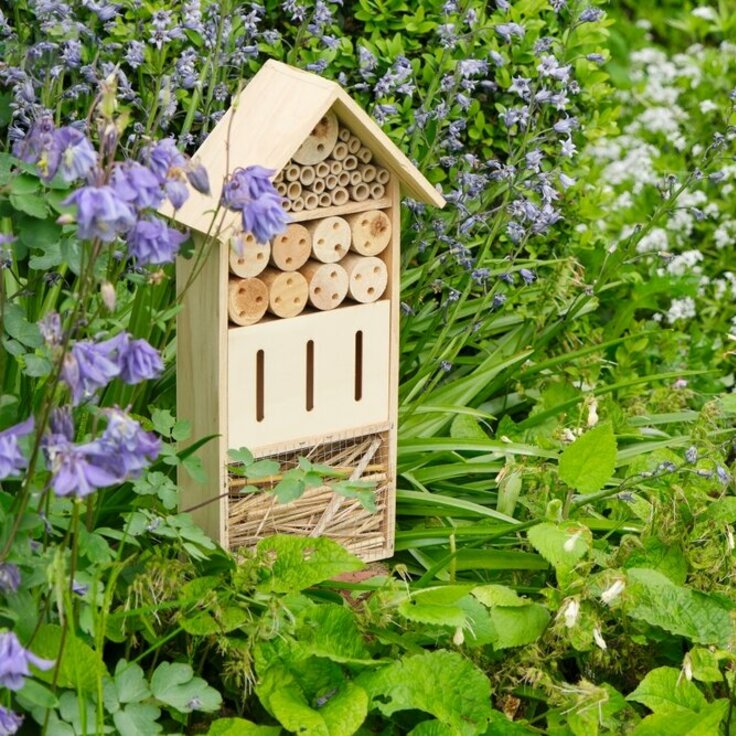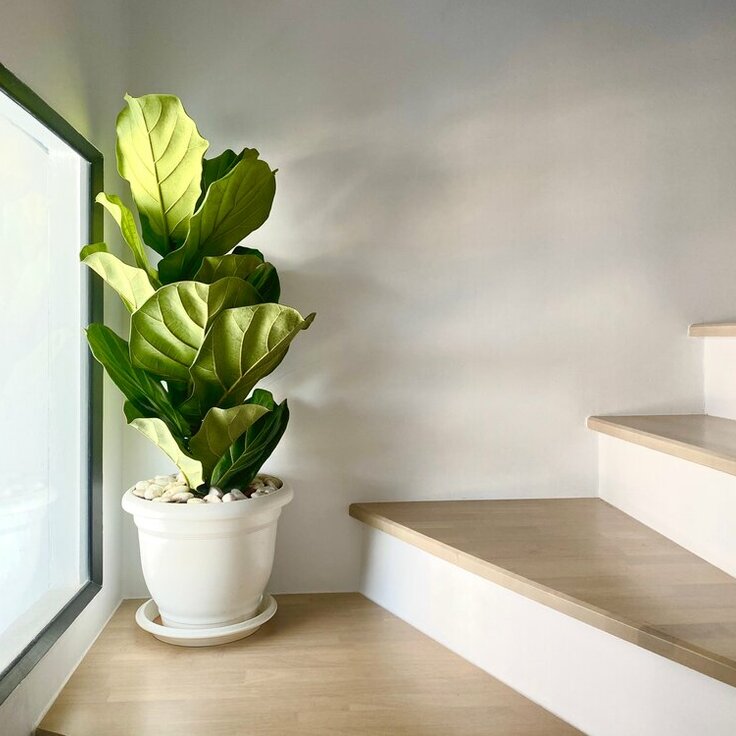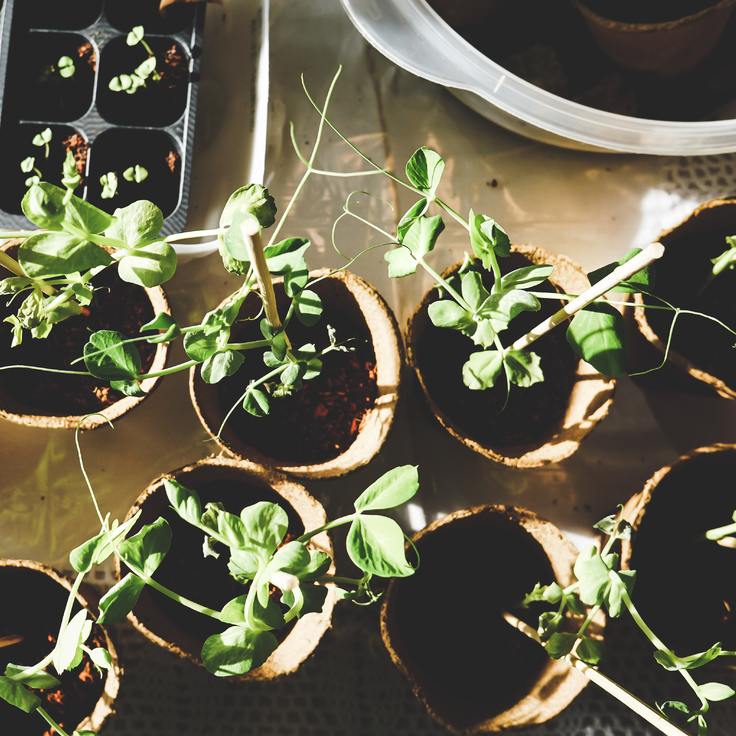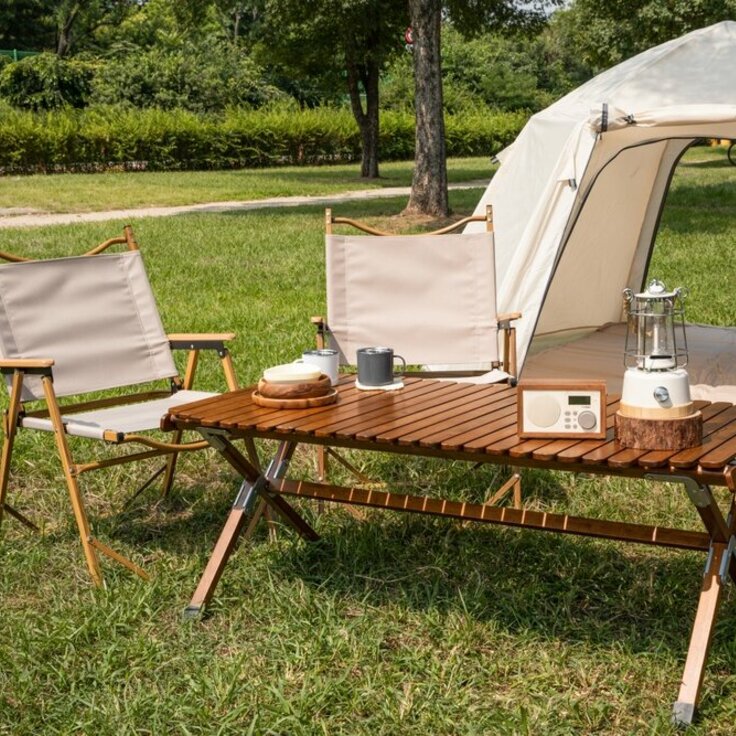Plant Primroses for Winter Color
While warmth-loving plants are coming to the end of their growing season, it's not time to put away your trowel just yet! There is a lovely assortment of cool-season plants that, if planted now, will add much-needed color to your winter garden.
Ornamental kale, pansies, snapdragons, and calendulas are the standard fare around here, but primroses are gaining in popularity. They're available in most colors, from brilliant jewel tones to pale, soft pastels, which make them perfect additions to practically any garden. Primroses are hardy little gems, and even rough, rainy days cannot dull their brilliance in the garden.
Primrose Primer
The primrose family is a very large one, consisting of about 400 species. The leaves of these perennials are crisp, deep green, and most often crowded into a rosette form with scalloped or toothed margins. Flowers of these charming plants vary greatly between varieties. All are tubular in form and are either in whorls just above the leaves, or carried high above the foliage in umbrella-like clusters.
Choosing the Best Performers
Some commonly available and reliable choices include fairy primrose (Primula malacoides), with its delicate, lacy foliage and tiny blooms on 15-inch stems; German primrose (P. obconica), usually found in pastel colors; and English primroses (P. acaulis and P. polyanthus). Acaulis primroses usually have one flower per 3-inch stem, and polyanthus primroses, the most commonly seen, produce flowers on 8-inch stems. Since they stand tall, they look wonderful massed in flowerbeds.
If you enjoy growing less commonplace plants, try P. denticulata, with large ball-shaped flowers; P. florindae, sporting nutmeg-scented blooms; P. prolifera, producing up to six whorls of yellow flowers on single stems; P. scotia, a rare species with gray, powdered leaves and purple-pink flowers; P. veris, with fragrant pendulous blooms of lemon-yellow; and P. viallii, which blooms in early summer. All are available through seed catalogs.
Primrose Culture
Primroses prefer semi-shade and will bloom better in loamy soil but will tolerate average to poor soils. They are perennials but because they don't hold up well in hot, dry weather, they're usually treated as annuals. You can keep yours happy during the summer months by providing a moist, shady environment. Anywhere pansies or hostas thrive during the summer months, primroses will, too.
Planting primroses now will reward you with a bright winter landscape that you can enjoy from your chair by the fire.








